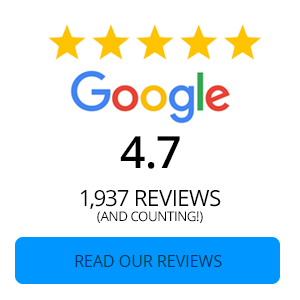You likely already know you should be saving for the future. Whether you want to retire someday, prepare for unexpected emergencies, or pay for a big purchase without debt, you'll need a financial cushion to do it.
The habit of regularly saving money is called an income-to-savings ratio, and it can achieve the goals listed above, plus much more. A healthy savings percentage can help provide security for your dependents, boost your confidence, give you wiggle room in daily decisions, and it can even benefit your local community.
A Penny Saved is a Penny Earned
You may think that your steady income is sufficient assurance, so saving is not necessary. In fact, most Americans are of the same mindset. According to the Federal Government's General Accounting office, the personal savings rate has effectively tanked in the last decade to a percentage not seen since the Great Depression. People simply are not saving like they used to.
So what? Why should anyone save, anyway? What's the point?
Good question. Perhaps it would help to imagine yourself in common scenarios without financial reserves to fall back upon:
- A large vehicle repair job
- A scary diagnosis
- A sudden leak in the roof or basement
- A debilitating injury
- A surprising round of layoffs at work
These situations are not merely hypothetical. In fact, it's a matter of when - not if - something will happen that requires cash.
Even happy life events like a new baby or your child's success in a particular sport can mean unanticipated spending, and you'll want to be prepared when life's surprises occur.
The Good News
Thankfully, there's a solution. Your income-to-savings ratio can make all the difference when life throws you a curve ball. You may have heard that any savings is better than none, and while that's somewhat true, it's better to save a certain percentage of your paycheck every month. Here's how.
- Calculate your target ratio. Everyone's situation is different. You may have income from multiple sources or a freelance gig with variable income. You might have seniority at work, or you may be just starting out. You might be making payments on old debt. You might be a sucker for new cars, or overindulging your kids. Whatever your circumstances, calculate how much you can save each month without denying yourself a few inexpensive pleasures like an occasional date night or a simple hobby.
- List steps to get there. Believe it or not, increasing your income-to-savings ratio can be done in two ways: you can either increase your savings (the most commonly taken route), or you can boost your income. If you're particularly ambitious, do both. Whichever path you take, write down specific, measurable actions to get you there. This could mean earning a trade certification to obtain a raise at work, or cutting your cable bill and cooking at home instead of frequenting your favorite restaurant.
- Savings Account that fits your unique needs. Phone Coosa Valley Credit Union's friendly experts to explain the benefits of each one based on your personal goals. Then, tell friends and family about your new adventure. Post pictures of your motivating factors on your bathroom mirror, dashboard, or cubicle, and subscribe to encouraging financial blogs like this one to stay inspired.
How do you save a portion of your income? Tweet your tips to @CoosaValleyCU, or leave a suggestion below in the comments!
Image Source: Flikr

